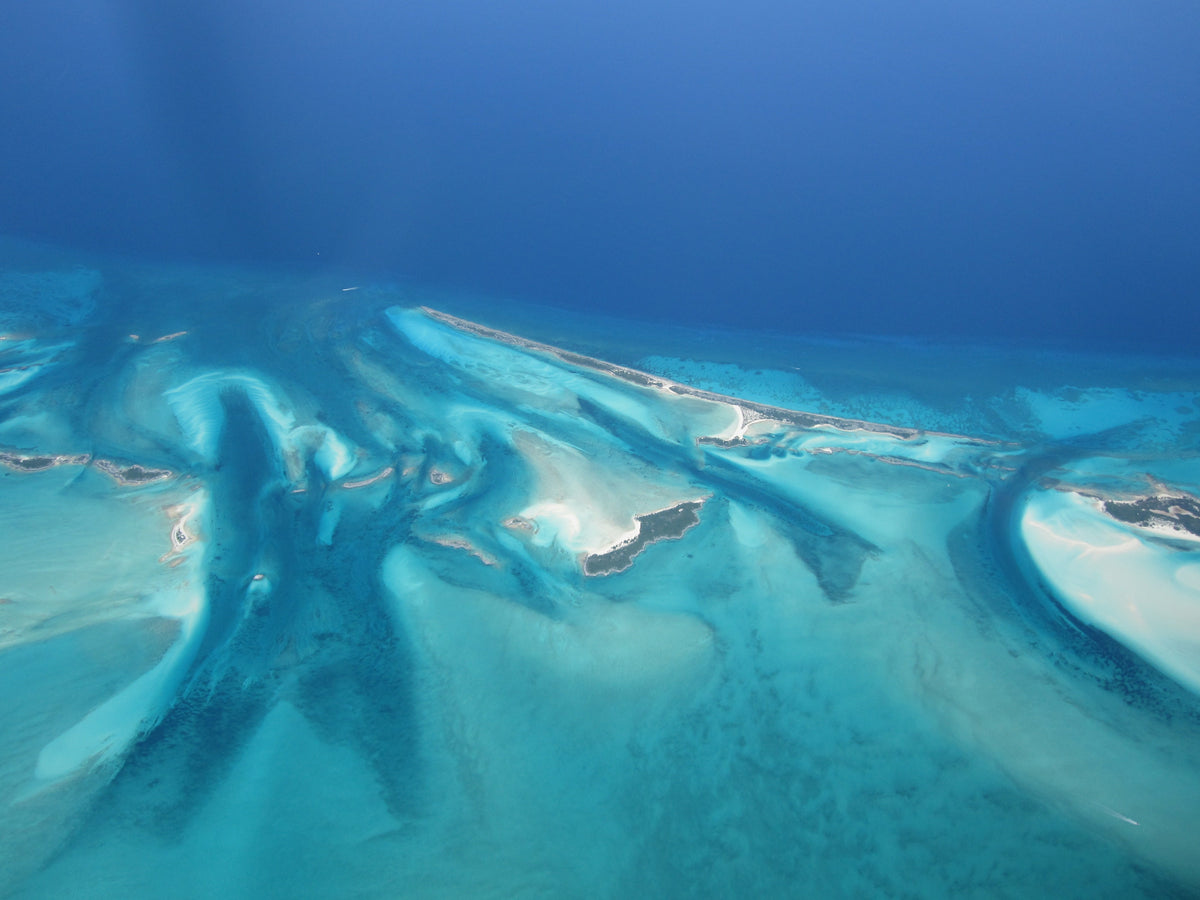
The Art Of Sight Casting For Redfish And Speckled Trout
|
|
Time to read 2 min
|
|
Time to read 2 min
When chasing after redfish and speckled trout, one of the best strategies to try is sight fishing. There are a few different basics, techniques, and strategies to keep in mind when doing this. Want to make sure you know how to have a successful day on the water? Let’s dive in.
Sight casting means that you’re going to be casting directly at fish or objects that you think fish are going to be around and can be identified with the naked eye. To make sure you can do this effectively, make sure to look out for areas with clear water. It’s also helpful to do this kind of fishing on a sunny day with minimal wind to ensure you can easily see through the water. Because you’re going to be visually identifying these fish, you’re going to likely get pretty close to where the fish are. With that in mind, remember to approach these areas as stealthily as possible.
When chasing after redfish, you’ll be looking for fish that have a golden color under the surface, and they’ll likely be in some shallower water. For speckled trout, they can be found in shallow water as well, and will usually be near submerged structure.
Once you’ve found an area that looks like the fish are going to be in, it’s time to actually spot them. There are a few things to look for in this situation. Tails, fins, swirls, and subtle movements are all good indicators. If you don’t directly see the fish, try to pick up on any shadows or other discoloration in the water that you may notice. Additionally, you can look out for fleeing schools of baitfish or even birds. All of this can indicate that there are fish in the area.
When you find these indicators, it’s time to go into stealth mode. You’ll want to approach the area slowly and carefully, until you’re in casting distance. Since both of these species are going to be in relatively shallow water, it’s critical that you move in quietly, hiding your presence as much as possible.
When it comes to the actual methods to try out, it will vary depending on species. For redfish, soft plastics, spoons, or even topwater lures can work well. If you notice fish surfacing more or if they’re in shallow water, try out the topwater option. If instead they’re holding closer to the bottom, you may want to opt for the soft plastics and spoons.
When going after speckled trout, jigheads are a great option when they’re on the bottom. If they’re up top, try out a popping cork. For everything in between, hard plastic lures can be a great choice.
The lure you choose for either species will vary depending on a wide range of variables like where you see the fish in the water column, what they’re feeding habits are during the time of year you’re fishing, and even wind conditions.